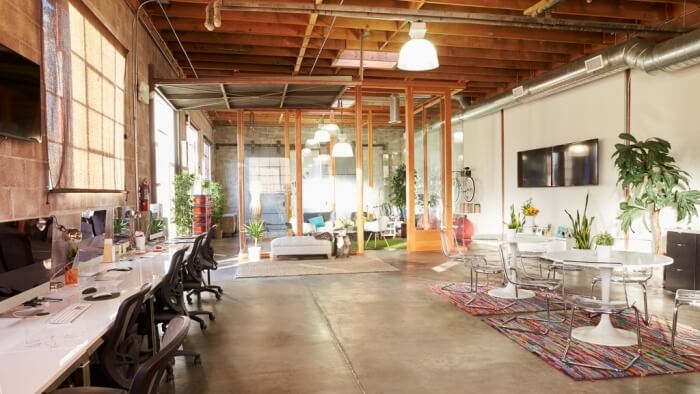How To Create A Happier, More Productive Workplace in 2017
January can be a drag for employees, here's how to energise your workforce in the New Year.

We all know that happy employees are more productive, but what can you actually do to improve this – and will it make a difference to your team’s productivity?
Every year there are countless articles and studies arguing that happier employees result in better productivity, however with such a mind-boggling array of different things that business owners and HR professionals can do to make improvements, it can be difficult decide where to start and what to allocate the most resources to.
The fact is that the things that keep employees happy and motivated varies person by person, office by office. This is based on research conducted by Hitachi to create a system based on Artificial Intelligence to give HR professionals the data to improve happiness and productivity.
After collecting one million days’ worth of data from ten different organisations, they found that the causes for happiness varied. For example, in one company, employees were happier when the boss left work early as it meant they could relax more.
Meanwhile, in another organisation, the data revealed that employees were more content when they had morning meetings rather than in the evenings.
As the causes of happiness and productivity vary, it’s important to put in place a method of getting to know what changes could help your team. A quarterly survey on employee satisfaction can be an effective way of assessing how happy your team is and what perks are leading to results.
On top of that, there are a number of essential building blocks that should guide your approach, not just individual policies.
Fostering a clear company culture
What does your organisation stand for? For example, do you have a shared set of values or principles that guide your approach, or standards that your company’s work always lives up to? Establishing core values for your company help to align the right people with your objectives. Having a set of values even influences your team’s behaviour, giving them something to aspire to in their day to day roles.
Similarly, does your organisation have a mission statement? A mission statement helps to give your organisation a direction – where will it be in three or even five years’ time?
This helps to improve happiness, particularly with the Millennial generation who choose jobs that give them a sense of purpose. It also means that prospective employees can gain a clear understanding of your cause, so that new-starters are more likely to match your company culture.
Organise social events
We spend the majority of our time at work, so wouldn’t it make sense if we got to know our co-workers? Getting to know the team can really help to improve happiness and productivity, as team members get to know one another while celebrating important company milestones.
Work social events are great at giving all employees a chance to feel more confident with senior managers, who they may not deal with otherwise, as well as getting to know people from other departments. Whether it’s a fun game day at the office, a trip to a museum together, or enjoying a bottomless brunch in Soho (or anywhere else) as a team, these activities can create lasting memories and strengthen relationships. They help make the workplace feel more cohesive and enjoyable, fostering a sense of community among employees.
While not everyone may work together on a daily basis, events where everyone can mix is a great reminder that everyone is on on the same side and working towards the same objectives. The result is team members feel more comfortable working with one another and are more likely to want to help each other out when someone needs help or advice.
Create an office where people actually want to spend time
Another important way to create a happier workplace is to create an office environment that’s genuinely a great place to be.
That means an office that is suitable for the types of work that goes on there. For example, an open plan office isn’t always the best choice if you have a large number of the team largely work independently and need to be able to concentrate.
On the flipside, your team may need to get together in groups to organise projects, so having suitable meeting rooms with the right equipment in them is a must.
Ensuring there’s a suitable space for downtime is essential, too. This may mean setting up a communal area for employees to get together at lunch to socialise and recharge their batteries before they continue with the rest of day.
Another aspect of great office design that can improve the happiness of your team is plenty of natural light.
Researchers found that people working in offices with windows received 173 percent more natural light exposure during the day, which resulted them sleeping an average of 46 minutes more each night. More sleep means employees are more refreshed and alert during the day, resulting in better performance.
Thanks for signing up to Minutehack alerts.
Brilliant editorials heading your way soon.
Okay, Thanks!




